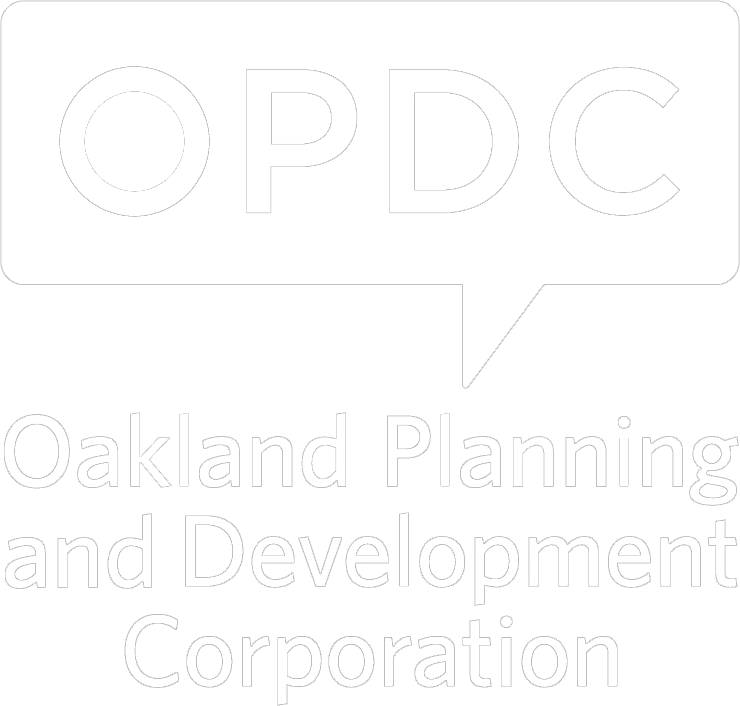Oakland community gardens are a precious resource, and it takes a lot of work and love to make them thrive. During the Oakland Plan process, residents agreed that Oakland’s gardens need more visibility, easier access, more space, and better technical assistance.
Get to know Oakland’s community gardens!
Frazier Farms sits on land owned by OPDC. It is managed by South Oakland residents. Want to get involved? Attend a South Oakland Neighborhood Group meeting to learn more. SONG meets on the first Tuesday of the month at 6:00 pm at the Frazier Fieldhouse.
Plant2Plate: Pitt students have supported a garden on Oakland Avenue for many years – but future university development on the site may make it necessary to find new digs. The garden publishes news and calls for volunteers through its Instagram account: @plant2plategarden.
Oakcliffe Garden may be overgrown, but it is brimming with potential. This site on the corner of Lawn and Elsinore has struggled to find dedicated volunteers. Got ideas? Let us know at questions@opdc.org.
Resources
An initiative of Grow Pittsburgh, the Garden Resource Center (GRC) is a tool-lending library and garden materials depot. For a sliding scale annual membership fee, the GRC allows patrons to borrow garden tools and access to bulk materials such as organic compost and mulch.
The city’s Adopt-a-Lot program allows residents to plant gardens on city-owned vacant lots for food, flowers, or rain water capture. Adopt-a-Lot has made big strides in Hazelwood, Homewood, and the Hill District, but uptake is lacking in Oakland. To get started, fill out the form at pittsburghpa.gov/dcp/adopt-a-lot.
Do you have garden ideas, or want to get involved? Join Let’s Talk: Oakland Community Gardens on Sept 20 .










